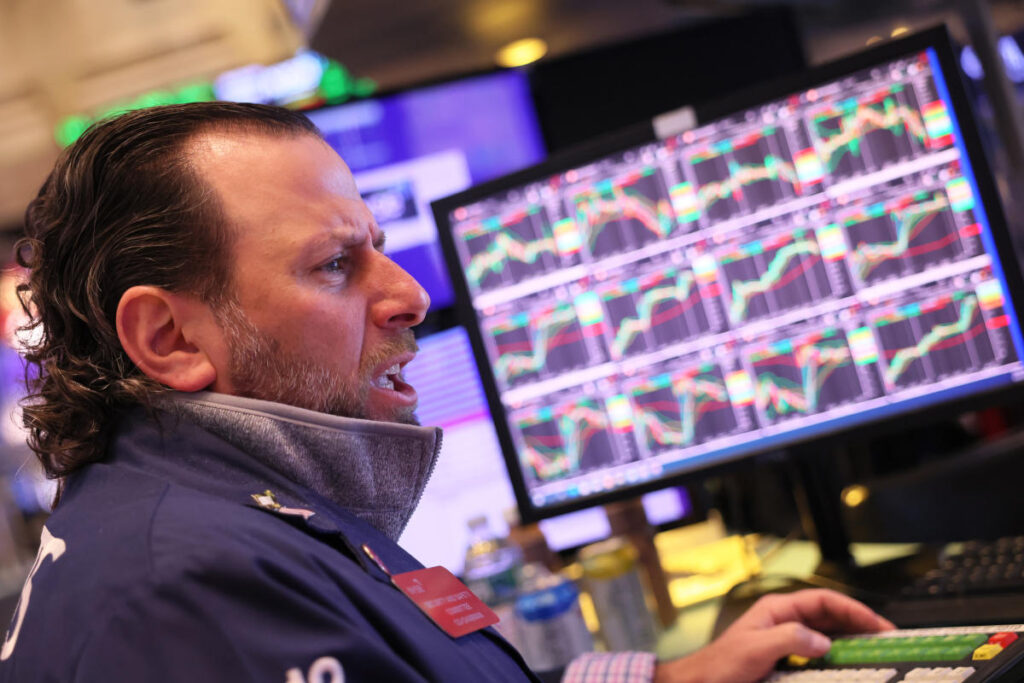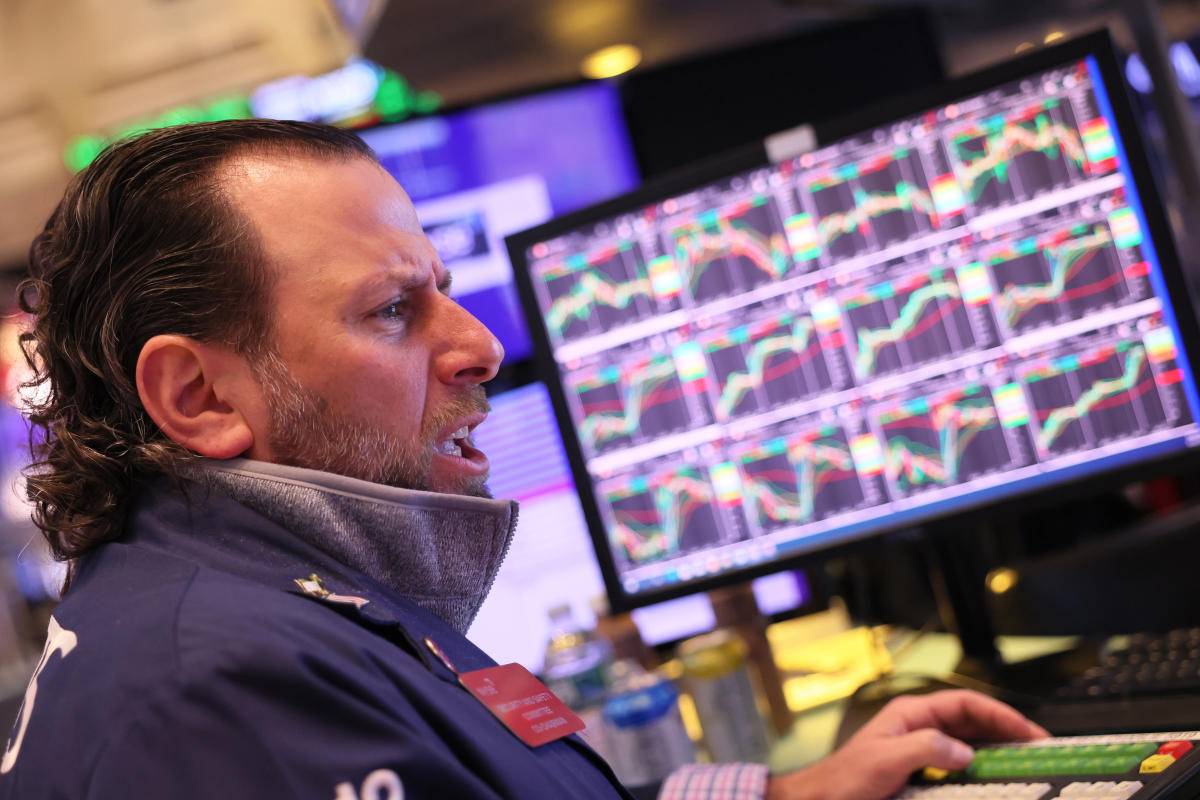In today’s dynamic financial landscape, the Stock Market remains a captivating arena, marked by its ebbs and flows. Recent developments have seen stocks resiliently ascend, even as inflation experiences a modest uptick. This stock market update delves into the intriguing interplay between rising stocks and a creeping inflation rate, shedding light on the factors contributing to this intriguing phenomenon.
Table of Contents
Table of Contents
1. The Initial Surge: Stocks Defying Gravity
Amidst the backdrop of economic uncertainties, the stock market has showcased remarkable resilience. Equities have surged, defying expectations and riding the waves of positive sentiment. Investors, both institutional and individual, have been drawn to the potential for substantial returns, propelling stock values to new heights.
2. Inflation’s Subtle Climb: A Closer Look
As stocks bask in the glow of success, inflation has made its presence known, albeit modestly. The Consumer Price Index (CPI) has exhibited a gentle incline, reflecting increased consumer spending and growing demand. While concerns about inflation persist, its current trajectory remains within a manageable range, alleviating some anxieties that could otherwise impact the market’s upward momentum.
3. Symbiotic Relationship: Stocks and Inflation
Surprisingly, the simultaneous rise in stocks and inflation isn’t as discordant as it might initially seem. The relationship between the two is more nuanced than a simple cause-and-effect dynamic. Historically, periods of controlled inflation have often coincided with stock market rallies. The rationale lies in the fact that moderate inflation can signify a healthy economy, characterized by robust consumer demand and optimal business performance.
4. Factors at Play: Unpacking the Phenomenon
Several key factors contribute to the harmonious coexistence of rising stocks and creeping inflation:
4.1 Consumer Confidence and Spending Habits
Consumer confidence plays a pivotal role. As individuals feel optimistic about their financial prospects, they tend to increase their spending. This heightened consumption bolsters corporate revenues, in turn positively impacting stock valuations.
4.2 Monetary Policies and Interest Rates
Central banks influence the economic landscape through their monetary policies. A strategic balance of interest rates can encourage borrowing and investment, stimulating economic growth while maintaining inflation at a controlled level.
4.3 Technological Innovation and Adaptation
Technological advancements foster innovation and efficiency, allowing businesses to optimize operations and drive profitability. This, in turn, contributes to stock market gains, even as inflation inches up.
5. Navigating the Landscape: Investor Insights
For investors, navigating this landscape necessitates a balanced approach. Diversification remains a potent strategy, mitigating risks associated with market fluctuations and inflationary pressures. Additionally, staying informed about macroeconomic trends and industry-specific developments empowers investors to make sound decisions aligned with their financial goals.
6. Looking Ahead: Anticipating Future Trends
As the stock market continues its ascent and inflation maintains its gradual climb, anticipation brews regarding future trends. While the intricate dance between stocks and inflation is likely to persist, vigilance and adaptability will remain the guiding principles for investors seeking to capitalize on opportunities while safeguarding their portfolios.

In conclusion, the current scenario of rising Stocks and incremental inflation presents a fascinating intersection in the realm of finance. The intricate web of factors contributing to this phenomenon underscores the complex nature of the global economy. As investors chart their course, an informed and adaptive approach will be key to navigating the ever-evolving dynamics of the stock market.

